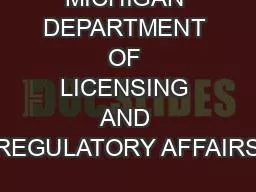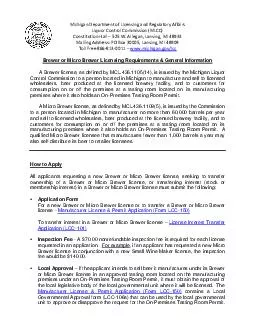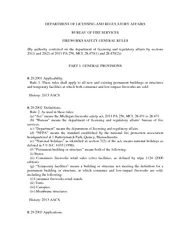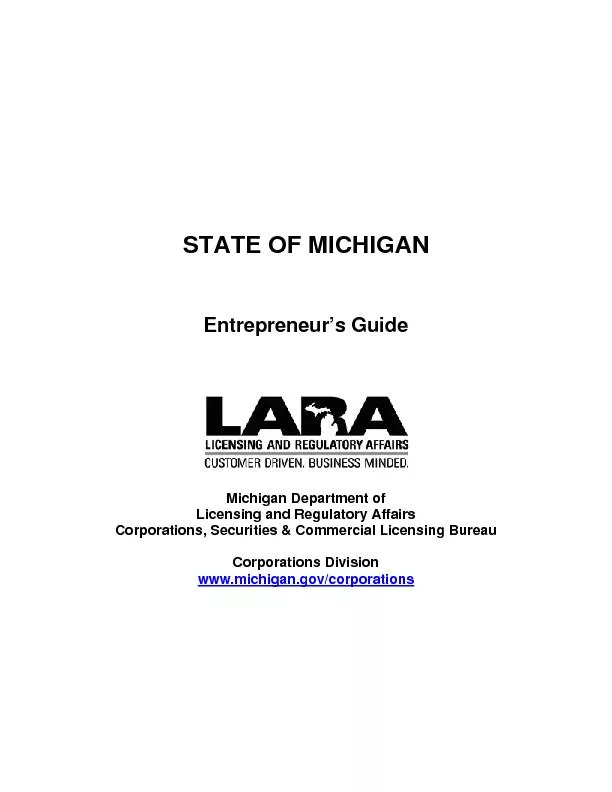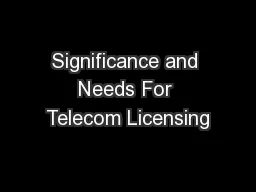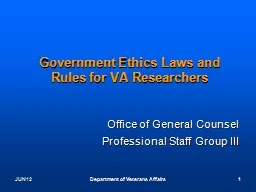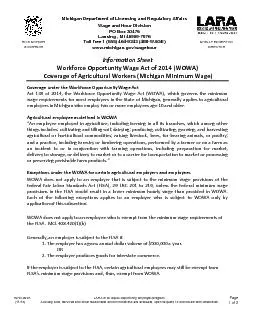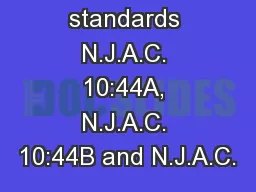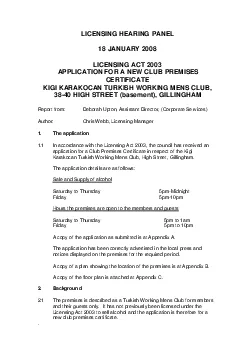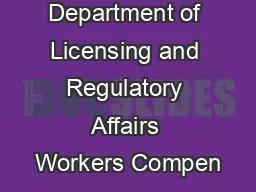PDF-MICHIGAN DEPARTMENT OF LICENSING AND REGULATORY AFFAIRS
Author : cecilia | Published Date : 2021-10-01
15iRADIATION SAFETY SECTIONIONIZING RADIATION RULESGOVERNING THE USE OF RADIATION MACHINESDETAILED TABLE OF CONTENTSPART 15COMPUTED TOMOGRAPHY INSTALLATIONSPAGER3335701
Presentation Embed Code
Download Presentation
Download Presentation The PPT/PDF document "MICHIGAN DEPARTMENT OF LICENSING AND REG..." is the property of its rightful owner. Permission is granted to download and print the materials on this website for personal, non-commercial use only, and to display it on your personal computer provided you do not modify the materials and that you retain all copyright notices contained in the materials. By downloading content from our website, you accept the terms of this agreement.
MICHIGAN DEPARTMENT OF LICENSING AND REGULATORY AFFAIRS: Transcript
Download Rules Of Document
"MICHIGAN DEPARTMENT OF LICENSING AND REGULATORY AFFAIRS"The content belongs to its owner. You may download and print it for personal use, without modification, and keep all copyright notices. By downloading, you agree to these terms.
Related Documents

